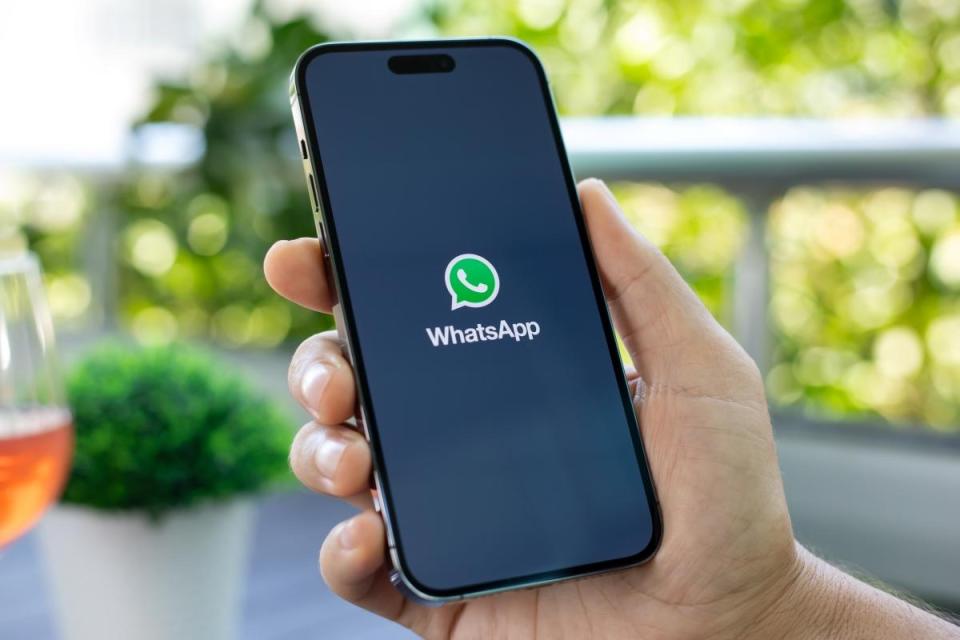In a landmark move that redefines its business model, WhatsApp has officially begun rolling out advertisements in its Status feature, along with Promoted Channels in the Updates tab. This shift marks the first time WhatsApp one of the world’s most widely used messaging platforms has embraced in-app advertising, a decision that will significantly alter how users and businesses engage on the app.
For over a decade, WhatsApp was fiercely ad-free, priding itself on providing a private, encrypted, and clutter-free experience. But as part of its monetization evolution under Meta’s ownership, the messaging app is now joining its siblings Facebook and Instagram in integrating ad placements albeit in a carefully controlled way.
What Are WhatsApp Status Ads?
Status Ads are designed to appear among the short photo and video updates users share in their Status tab similar in style to Stories ads on Instagram or Facebook. These advertisements will be clearly marked as “Sponsored” and may include multimedia content such as short promotional videos, product images, or call-to-action text snippets.
Importantly, WhatsApp has implemented user controls, allowing individuals to skip, mute, block, or report any ads they find intrusive or irrelevant. This offers some autonomy to users while still opening doors for businesses to target large, highly engaged audiences.
Promoted Channels: Boosting Discoverability
In addition to Status Ads, WhatsApp is launching Promoted Channels a new tool allowing brands, content creators, and public figures to increase visibility. These channels will appear in the Updates tab, ranked higher in searches or tagged with a “Promoted” label, depending on payment.
This feature is a strategic move aimed at encouraging institutional and creator participation in WhatsApp’s expanding ecosystem. Whether it’s a government agency sharing public alerts, an influencer launching a new series, or a business updating on new products, Promoted Channels will make their content easier to discover for interested users.
How Will Privacy Be Protected?
WhatsApp has consistently faced pressure to maintain its commitment to end-to-end encryption, especially since monetization plans were first hinted at years ago. The company states that private chats, voice and video calls, and group messages will remain fully encrypted, meaning no advertising content will be embedded or targeted based on private conversations.
Ad targeting will instead rely on non-sensitive, general data such as:
- User country or region
- Preferred language
- Channels followed
- Past interactions with public content or ads
Furthermore, users will be able to access an “About this Ad” section to understand why they’re seeing a particular advertisement and manage their ad preferences directly from the app.
Gradual Rollout and Testing
The introduction of ads is being gradually rolled out, initially to beta users on Android and iOS. If successful, WhatsApp plans to extend these features to its global user base. Businesses will gain access to an ad creation tool through WhatsApp Business, allowing them to upload ad creatives, select targeting parameters, and monitor engagement metrics.
While there is no official date for a full public rollout, industry analysts expect widespread availability within the next few months.
The Business Case for WhatsApp Ads
From a financial standpoint, this marks a critical pivot for Meta. WhatsApp, despite its over 2 billion global users, has historically contributed a small portion of Meta’s revenue. The move to introduce ads enables the platform to tap into massive commercial potential, with analysts predicting possible annual revenues in the multi-billion-dollar range if advertising scales globally.
With advertisers already investing heavily in short-form video content across other Meta platforms, Status Ads provide a new avenue to reach consumers directly on their mobile devices, where WhatsApp usage dominates.
User Reactions and Concerns
Unsurprisingly, user sentiment is mixed. Longtime users who were drawn to WhatsApp for its minimalist and ad-free interface view the shift as a betrayal of its founding promise. Some have raised concerns about privacy erosion, even with reassurances of encryption. There is also growing interest in alternative platforms like Signal and Telegram, known for their no-ads policies.
Others, particularly businesses and digital marketers, welcome the update as an opportunity to engage customers in a more direct and personalized manner.
Balancing Innovation With User Trust
Meta has emphasized that this update is a careful and measured step toward building a sustainable business model for WhatsApp without compromising user trust. By limiting ads to the Status and Updates tabs, the company aims to keep users’ core messaging experience untouched.
Moreover, WhatsApp has pledged continued investment in ad transparency, user education, and privacy-preserving technologies to ensure the transition doesn’t alienate its global base.
Conclusion: A New Chapter for WhatsApp
The launch of Status Ads and Promoted Channels marks a new era for WhatsApp one where monetization and user engagement coexist. While it may challenge the expectations of some users, it also creates meaningful opportunities for businesses, creators, and institutions to expand their reach within the app.
The coming months will be crucial as WhatsApp tests its balancing act between revenue generation and privacy preservation. Whether this change becomes widely accepted or pushes users toward alternatives will depend on how respectfully the platform executes its advertising strategy.



Comments (0)
No comments yet. Be the first to comment!
Leave a Comment